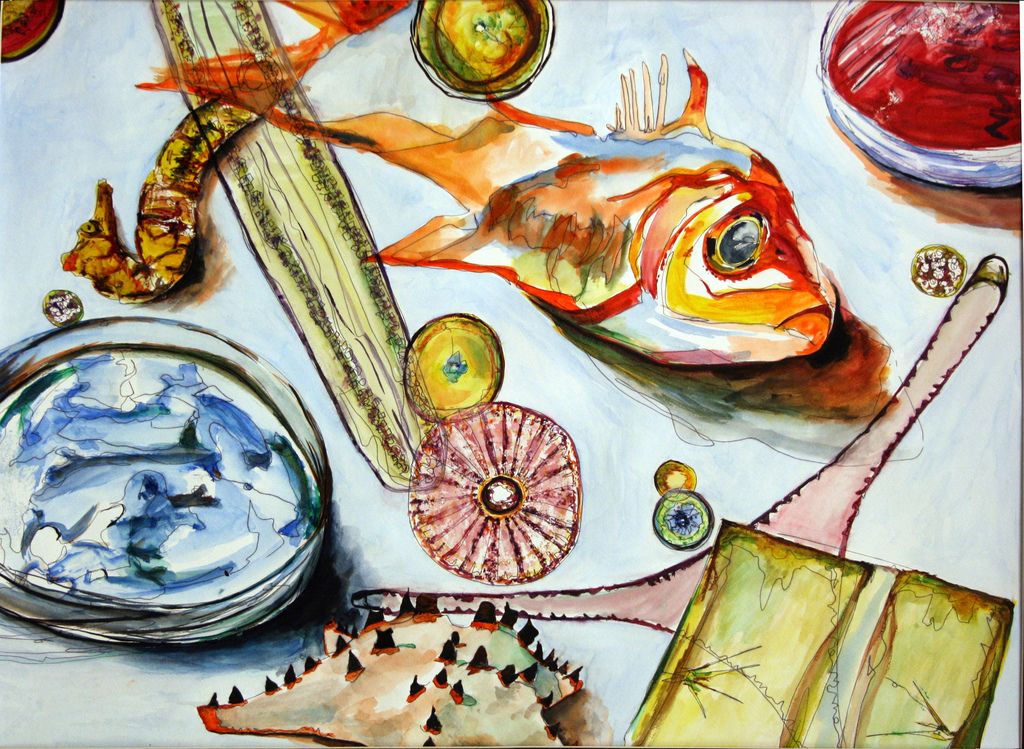5 Eco-friendly Inventions that Australia can be Proud of

Australia is one of the world’s most eco-friendly countries. We have banned plastic bags in South Australia, put a tax on carbon and most homes have a government-issued recycling bin. However, much of the country’s environmental efforts happen behind the scenes – in construction, building and mining.
Here we look at five of the best eco-friendly Australian inventions.
Solar roof tiles
As the Earth’s natural resources are diminishing and the price of them rises, solar energy is set to be a big part of the world’s future. Solar energy is also significantly better for the environment. In 2013, Australia’s Climate Commission’s Solar Energy report found that 2.5 million or 10 per cent of Australians were already using solar energy.
Australian company B-Pods hopes to increase that number further with the invention of Tractile Solar Energy Roof Tiles. Designed to blend in with whatever type of roof tiles you have, Tractile also offer the added benefit of powering electricity and hot water through one unit. The invention, which was a finalist in the 2006 Australian Design Awards, has already been patented in 28 different countries.
Mechanical joining systems
A University of Technology Sydney report found that almost 70 per cent of greenhouse gas emissions in Australia come from the transport and energy industries (UTS, 2008), providing huge leeway for improvement.
Australian inventor, Dean Cameron, saw that there were inefficiencies and wastage when exporting his previous creation – sewage systems, so he sought to find a solution. After being inspired by the strong force that clams use to cling on to rocks, he created Joinlox – a mechanical joining system that works in a similar way to Velcro.
The system, which won him Inventor of the Year in 2006 on ABC show, New Inventors, has a variety of applications – but one of its features is that it doesn’t require any eco unfriendly machinery or adhesives to use. The system is reusable, reducing the need for replacing and throwing out materials, and is cheaper to transport – reducing greenhouse gas emissions.
Here’s more info on their reusable joints.
Waste sifting system
Research has shown that up to 10-15 per cent of a building’s material can go to waste during the construction phase (Skoyles ER. Skoyles JR., (1987)).
FlipScreen, created by Australian inventor Sam Turnbull, is a mesh attachment that joins onto construction equipment and machinery. Instead of small bits of waste, such as woodchips and rubble, being left on the ground, FlipScreen collects up that waste in the mesh sift so that it can be reused or recycled.
Biodegradable temporary coatings
The effects of harmful chemicals used in building and construction on our environment are immense. Among many of the negative effects is the impact on aquatic life. Chemicals are often washed into the sewers, which deliver the toxic water into our oceans and rivers – harming and killing sea life. Those chemicals can then also make their way back into our bodies through the food and water that we consume.
John Gregory from goGreen Enterprises developed a biodegradable, environmentally-friendly temporary coating that can be used to protect surfaces such as bathtubs, countertops and window frames while construction work is conducted around them. Containing no chemicals or harsh toxins, the patented one4allTM coating both saves money and minimises environmental impact.
Building insulation system
There is no doubt that air conditioning is considered an essential part of life in many parts of Australia, but they require huge amounts of fossil fuels to run and release ozone-depleting gases called hydrofluorocarbons (Parliament of Australia, 2008). Between 2008 and 2012 alone, the Sydney Morning Herald reported that 1.7 million air conditioners were installed in Australia, and one air conditioner could use as much energy to run as 40 fans.
Now, an invention by Sydney-based Rex Lehmann, helps to minimise the need for cooling and insulation with his SkyCool coating system. Painted onto the roof of a building, it works by deflecting heat, before it can enter. A study by the University of Technology Sydney found that the coating could reduce air conditioning costs by up to 50 per cent (Geoffrey, 2007).
Conclusion
When it comes to protecting our environment, every little bit counts. While environmentally-friendly products have long been considered the more expensive solution, these Australian inventions show that you can actually cut down costs – and your carbon footprint – by implementing them.
This is what makes these particular inventions so clever and innovative – they break down the barrier that prevents businesses and individuals from choosing eco-friendly solutions by ensuring there is a cost benefit to go with them.
Lee M (2014-01-24 00:15:18). 5 Eco-friendly Inventions that Australia can be Proud of. Australian Science. Retrieved: Jan 03, 2026, from https://ozscience.com/environmental-science/5-eco-friendly-inventions/
 Follow
Follow